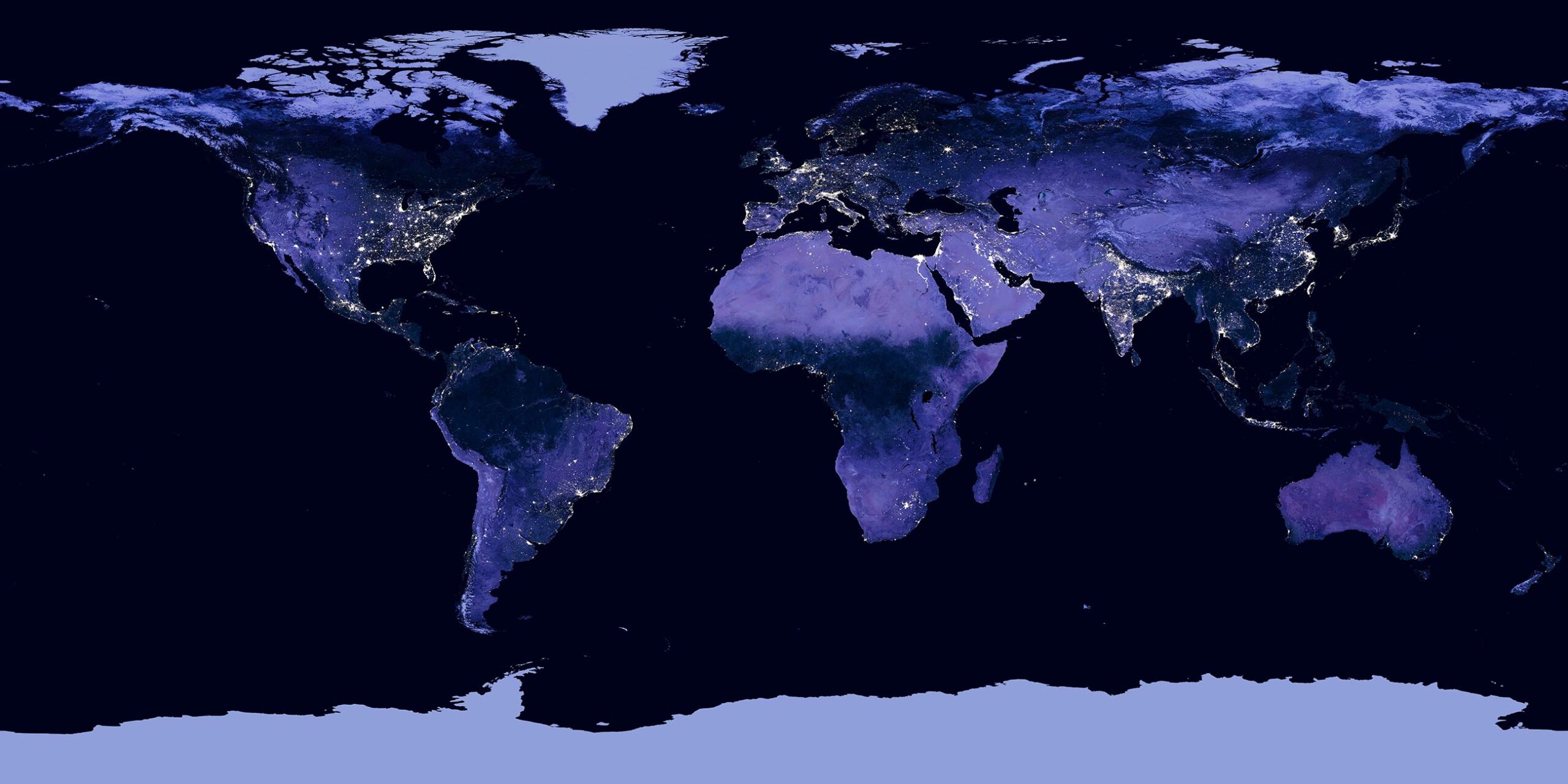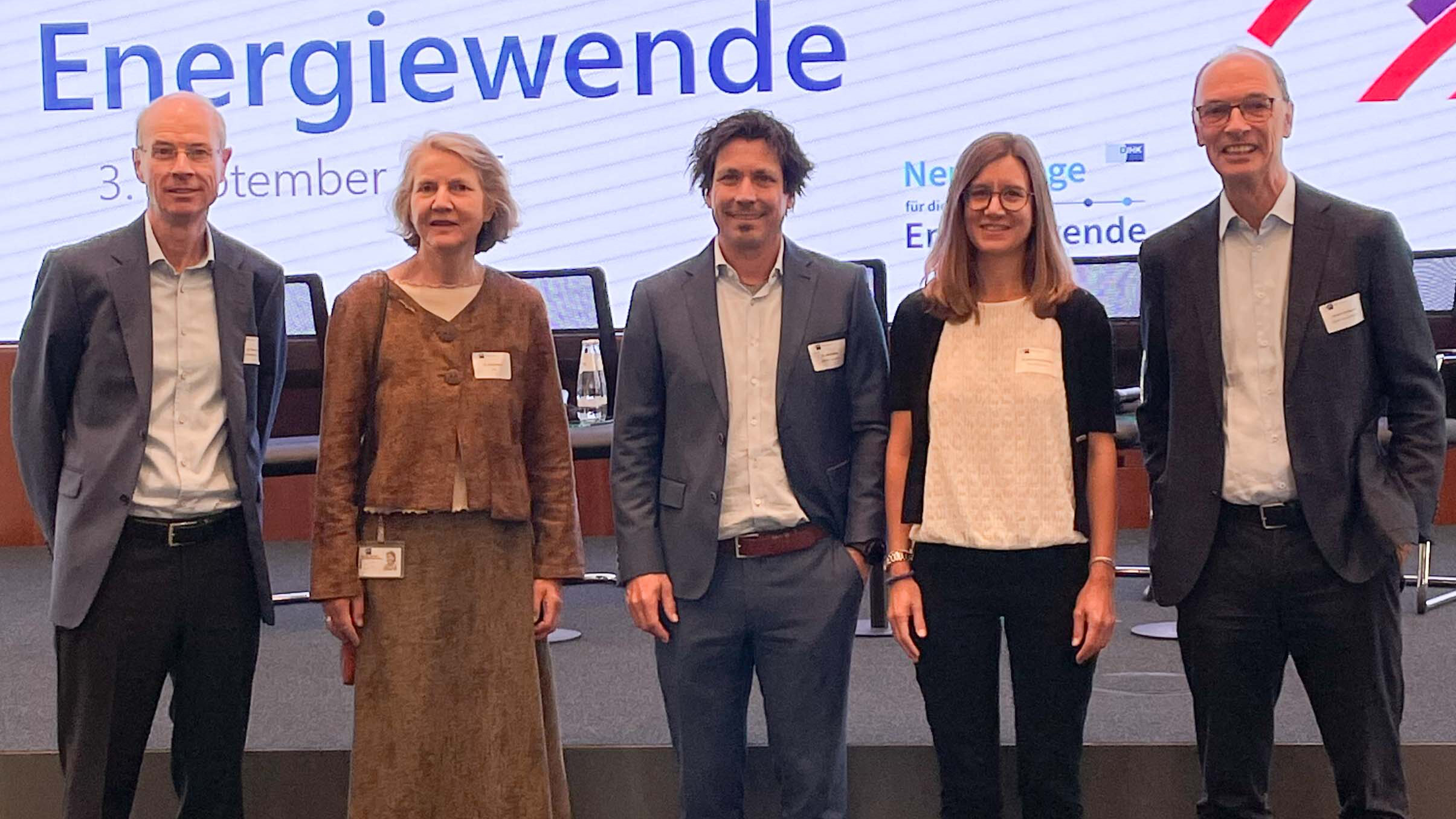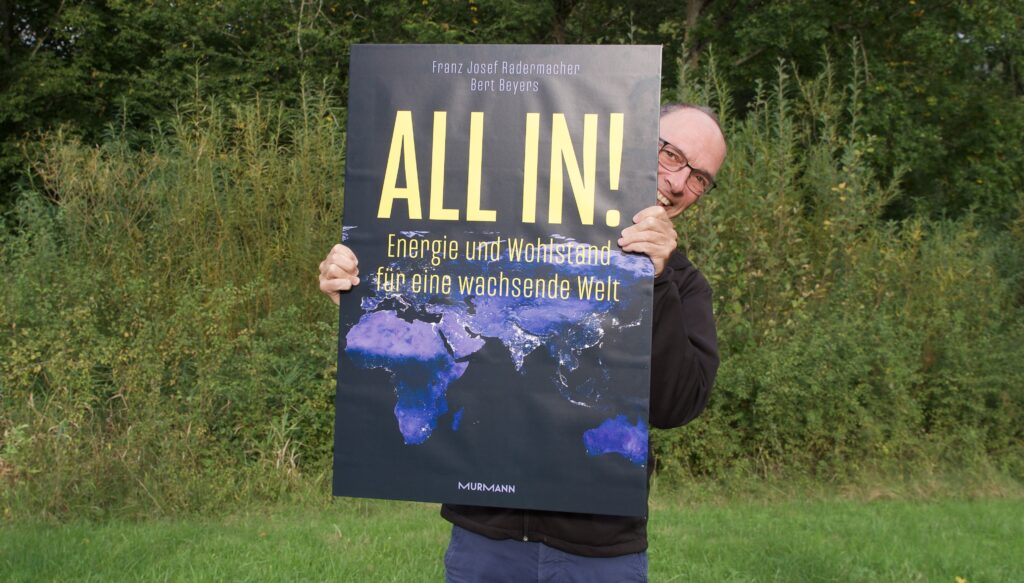At this point, some news of the last few weeks will be addressed which, from GES’ point of view, are reason for hope because they contain building blocks of a possible global solution and / or could help to develop a realistic view of the challenges ahead of us.
The global energy crisis triggered by the war in Ukraine may become a turning point towards clean energy. In the World Energy Outlook 2022, the International Energy Agency (IEA) predicts a peak in demand for fossil fuels in the near future. Nevertheless, a scenario with net zero greenhouse gases in 2050 is still a long way off. GES doubts that the peak in demand will be reached soon: after all, a solution must be found for the current 80 percent share of fossil energies in the global energy mix. Moreover, global energy demand will increase significantly by 2050, with experts predicting a 70 percent increase.
The European Parliament has spoken out in favour of the increased use of low-carbon fuels in shipping in the future. Greenhouse gas emissions from ships are to be reduced by 2 percent by 2025, by 20 percent from 2035 and by 80 percent in 2050, measured against emissions in 2020.
Care-O-Sene is the name of a new research project for the commercialisation of low-CO2 paraffin from 2025 onwards. Among others, the Helmholtz-Zentrum Berlin, Fraunhofer IKTS, Sasol South Africa and Sasol Germany are backing this project. The technical basis is the Fischer-Tropsch process. Meanwhile, a demonstration plant for synthetic fuels has gone into operation at the Jülich Research Centre.
Step by step, the Green Party in Germany are approaching the issue of CCUS. At its national party conference in Bonn, the party spoke out in favour of developing a “long-term strategy for dealing with unavoidable residual emissions”. In this context, there is “not only natural carbon sinks, but also the need for technical negative emissions”. The German Ministry of Economics is also backing CCUS for climate protection funding.
The new head of the German government’s Future Council, Reinhard Ploss, recommends examining fracking on German soil. In the long term, Ploss, the former head of the chip company Infineon, is betting on green hydrogen. The unconventional extraction of shale gas could cover 10 to 15 per cent of Germany’s gas demand, according to the German Natural Gas, Petroleum and Geoenergy Association (BVEG).
Federal Economics Minister Robert Habeck continues to think little of fracking. In 2022 and 2023 it would have been helpful to produce more gas in Germany with this technology. In the medium term, however, fracking is not necessary for energy policy. Federal Finance Minister Christian Lindner, on the other hand, wants to “quickly approach production” in Germany. And BDI President Siegfried Russworm says: “Yes, we should also use our own sources. Not only for gas, by the way, but for a whole range of raw materials on which we are dependent today”.
Tree Energy Solutions (TES) has found a major Australian partner for the landing of green hydrogen at Wilhelmshaven, namely the company Fortescue Future Industries (FFI). The first deliveries are scheduled to arrive in Germany in 2026. For transport, the green hydrogen is converted to methane in Australia by adding CO2 and then transported in a liquid state by ship. The CO2 produced during regasification in Wilhelmshaven will be transported back to hydrogen producers by ship.
A first delivery of ammonia from the United Arab Emirates has arrived at the Aurubis copper smelter in Hamburg. The long-term goal is to establish a hydrogen value chain. However, the ammonia supplied is not yet “green” as it was produced from natural gas.




